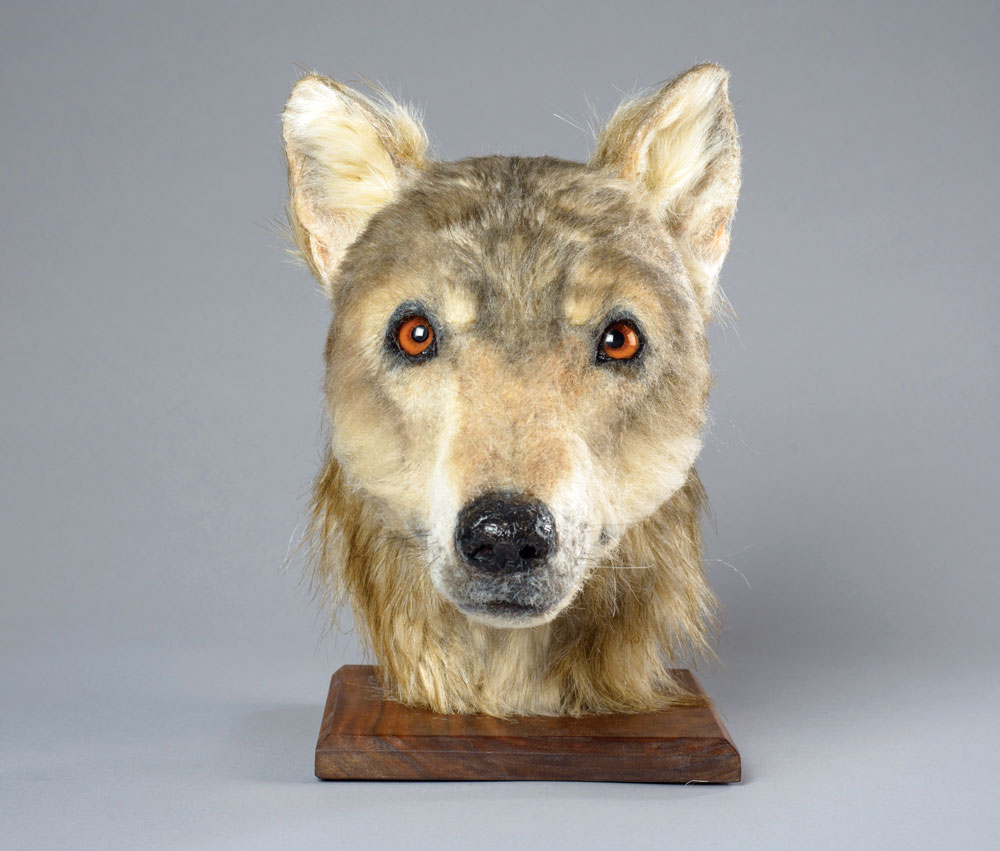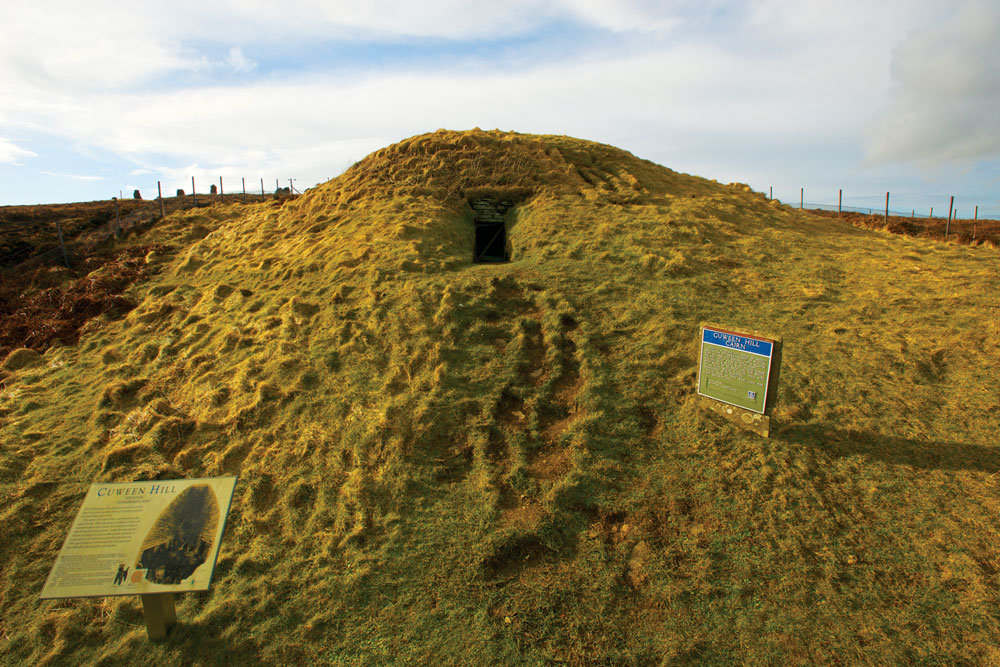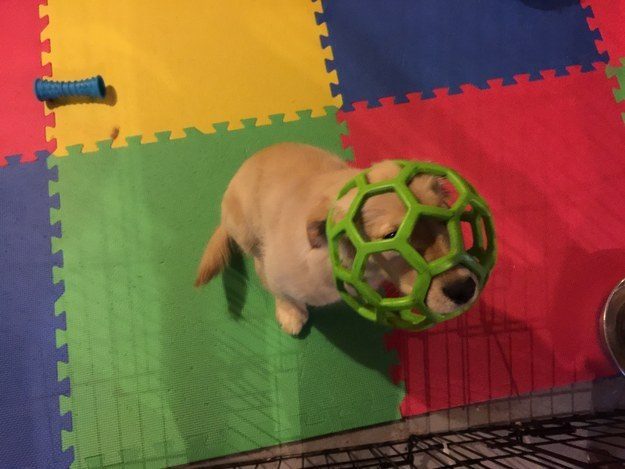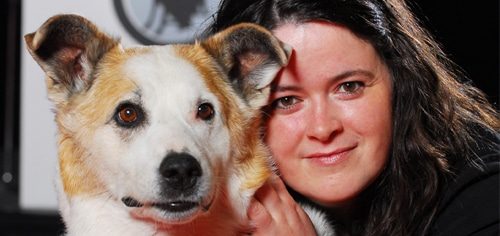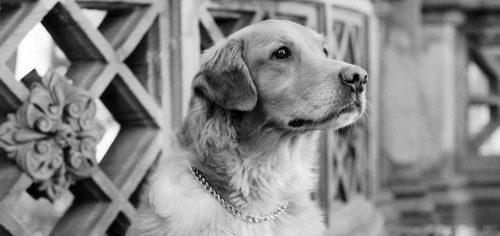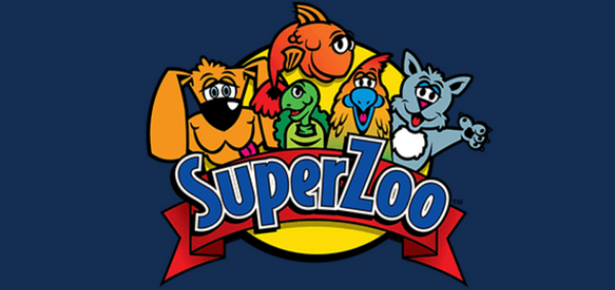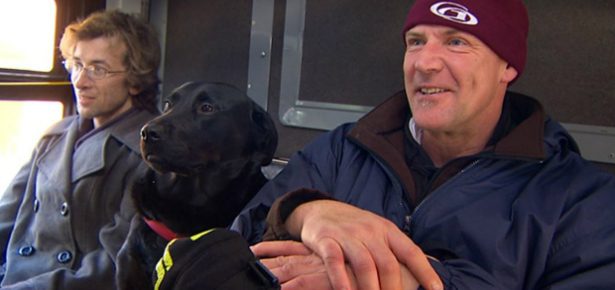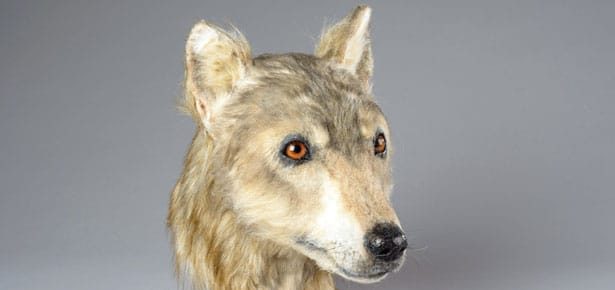
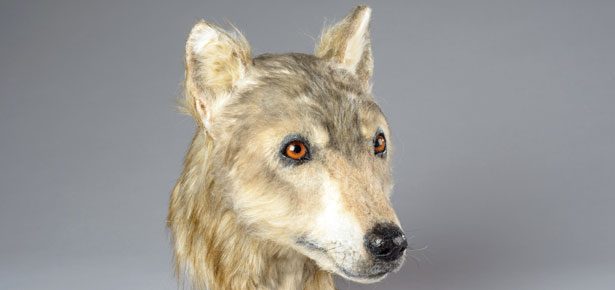
4,500-year-old Neolithic Dog Head Recreated—and it looks like a European Grey Wolf!
Researchers have recreated the face of an ancient dog and, incidentally, it’s darn cute.
The reconstruction, commissioned by Historic Environment Scotland (HES) and based on a dog skull discovered in Scotland’s Orkney Islands, has revealed the face of a Neolithic dog for the first time in over 4,000 years. The size of a large Collie, it has features reminiscent of a European grey wolf.
The excitement around the project is palpable. The project “enables people to encounter a Neolithic dog ‘in the flesh,’” enthuses Dr. Alison Sheridan, Principal Archaeological Research Curator in the Department of Scottish History and Archaeology at National Museums Scotland, where the original skull is held.
“The Cuween dog has much to tell us, not only about ceremonial practices and the symbolic significance of the dog in Late Neolithic Orkney but also about the appearance of domestic dogs in the third millennium BC.”
The canine skull, found in Cuween Hill Chambered Cairn on Orkney and now in the collection of National Museums Scotland, was CT-scanned by Diagnostic Imaging Service at Edinburgh University’s Royal School of Veterinary Studies before HES’s Digital Documentation team made a 3D print. Using the print as a base, forensic artist Amy Thornton created a realistic model of the dog’s head, building up muscle, skin, and hair in the same way she would approach a human head. The completed sculpture was then cast in silicone and finished with the fur coat resembling a European grey wolf, as advised by experts.
The resulting model gives us a fascinating glimpse at this ancient animal.
Radiocarbon dating of the dog bones unearthed at Cuween Hill has shown that the dogs were placed in the chamber more than 500 years after the passage tomb was built, suggesting that they were ritually buried.
“Just as they’re treasured pets today, dogs clearly had an important place in Neolithic Orkney,” says Steve Farrar, Interpretation Manager at HES. “They were kept and trained as pets and guards and perhaps used by farmers to help tend sheep.”
In all, 24 skulls were discovered when the site was excavated in 1901. The number of canine-remains discovered at Cuween Hill suggests that dogs had a particularly special significance for the farmers who lived around the area and used the tomb, says Farrar. “Maybe dogs were their symbol or totem, perhaps they thought of themselves as the ‘dog people’.”
“Looking at this dog helps us better relate to the people who cared for and venerated these animals, people whose ingenuity and sophistication made Orkney such an important place in the Neolithic and who have left us with such a rich legacy of monuments today,” he continues.
Though forensic artists have reconstructed the faces of many Neolithic humans, this is a fascinating first for dogs of the period.
The reconstruction will be on display in Orkney later this year.
Join the newsletter and never miss out on dog content again!
"*" indicates required fields
By clicking the arrow, you agree to our web Terms of Use and Privacy & Cookie Policy. Easy unsubscribe links are provided in every email.
